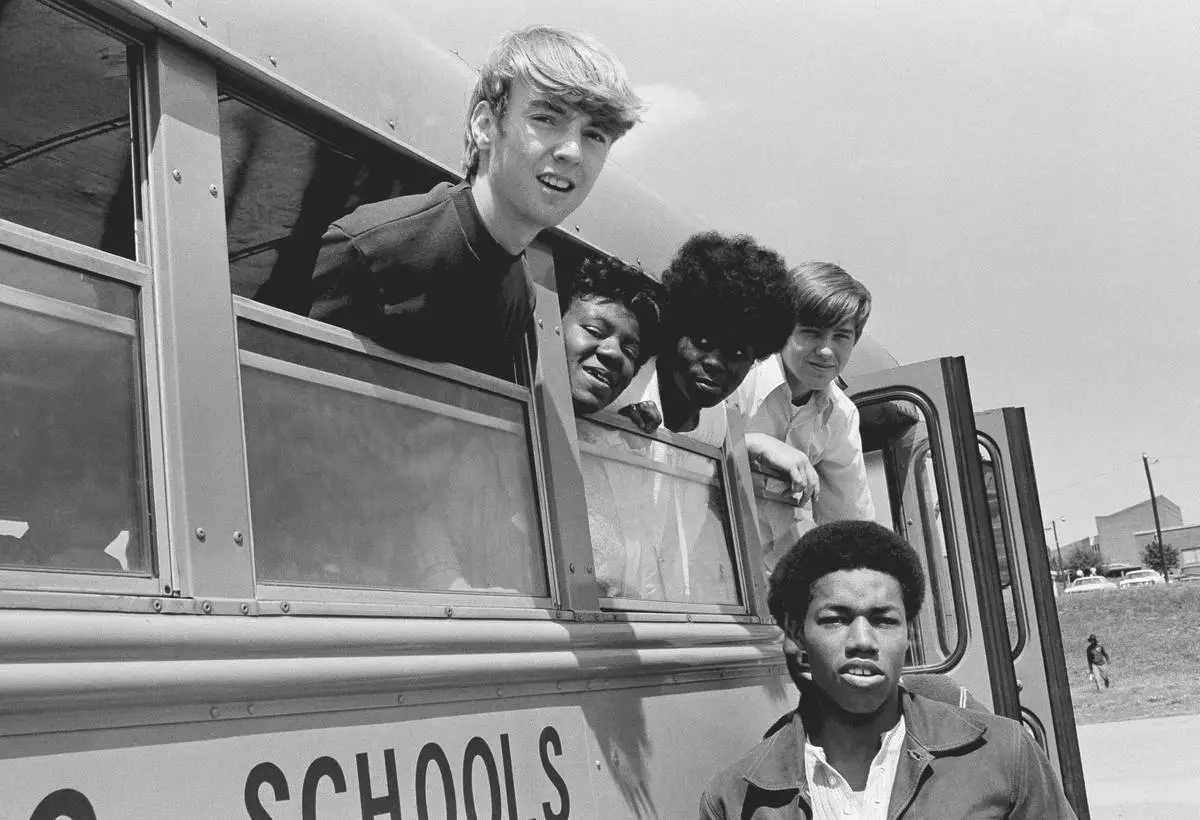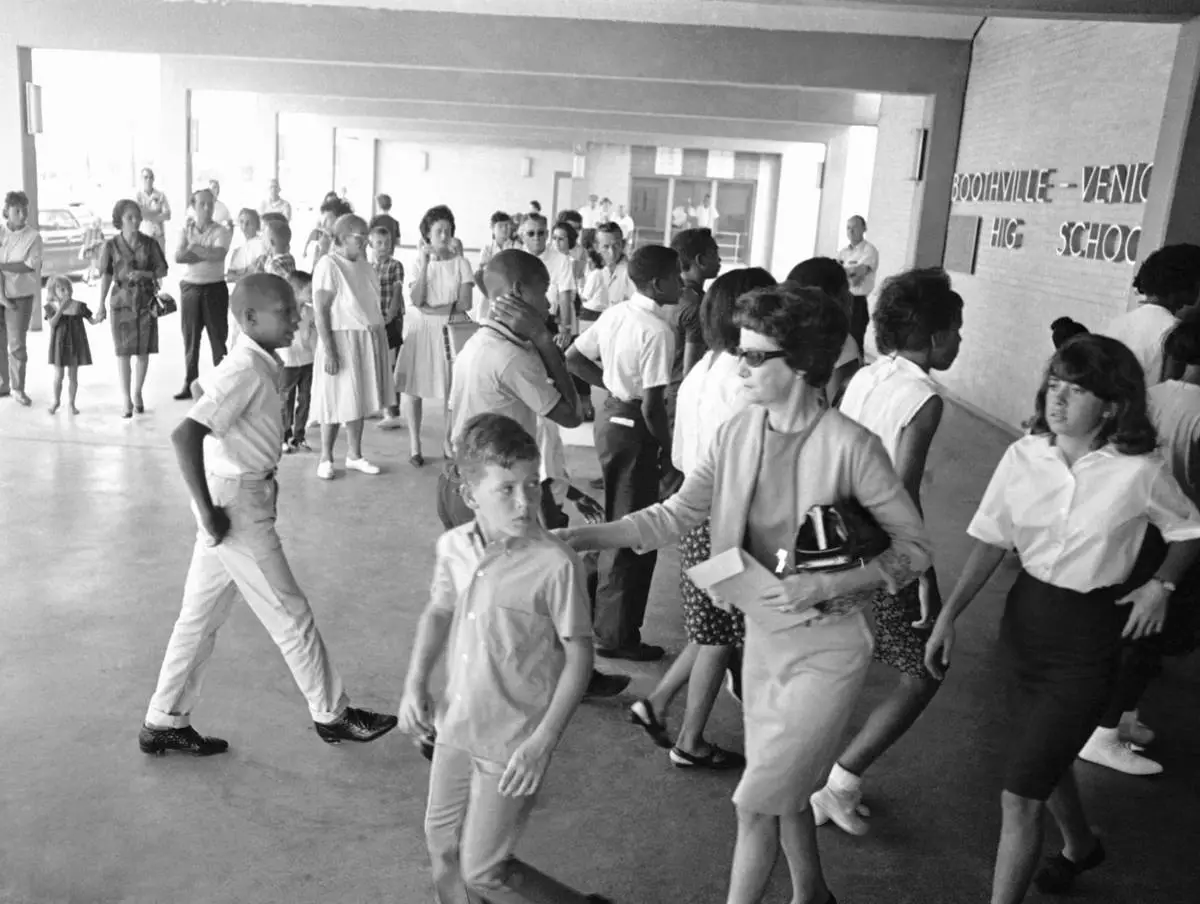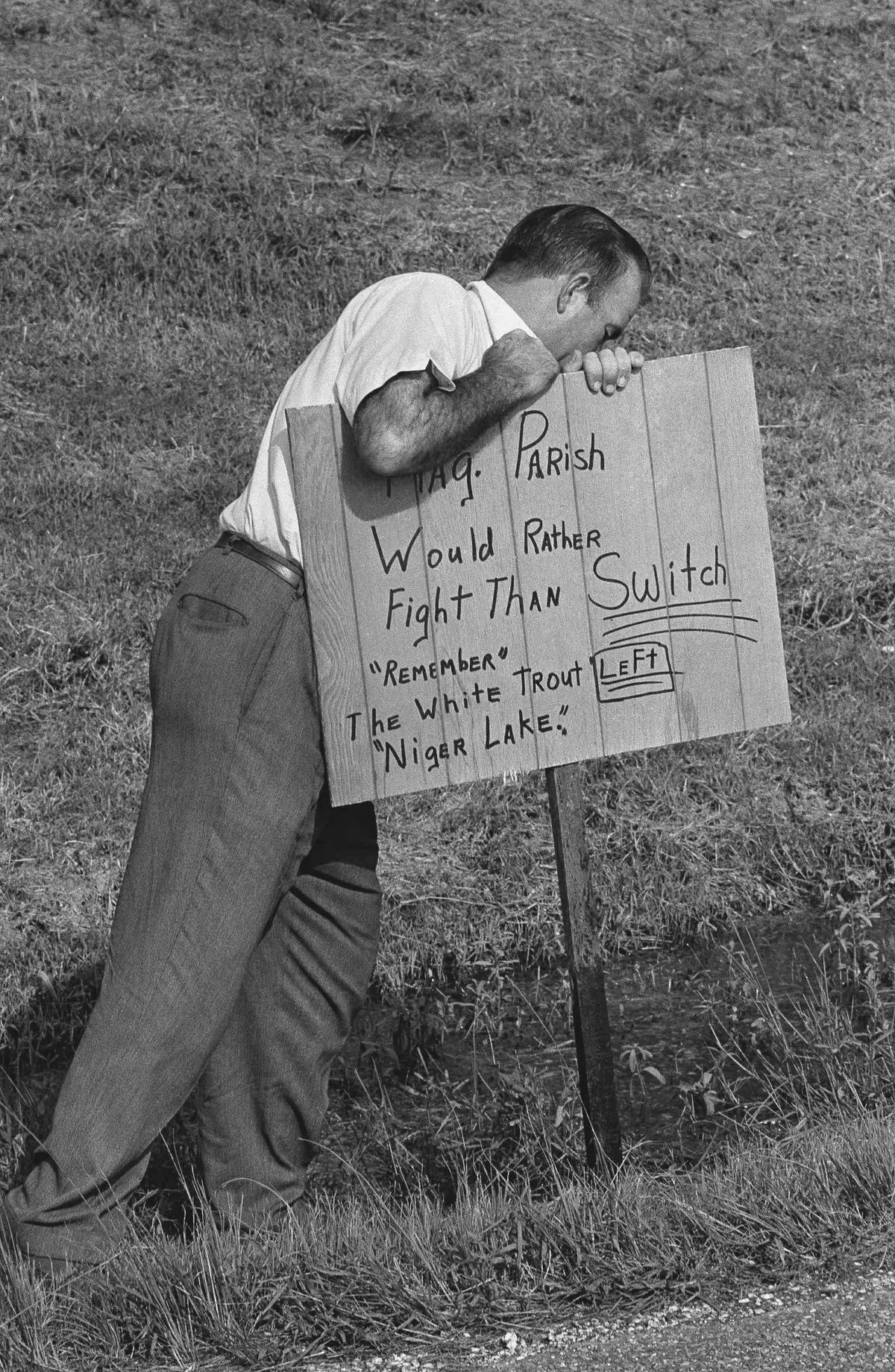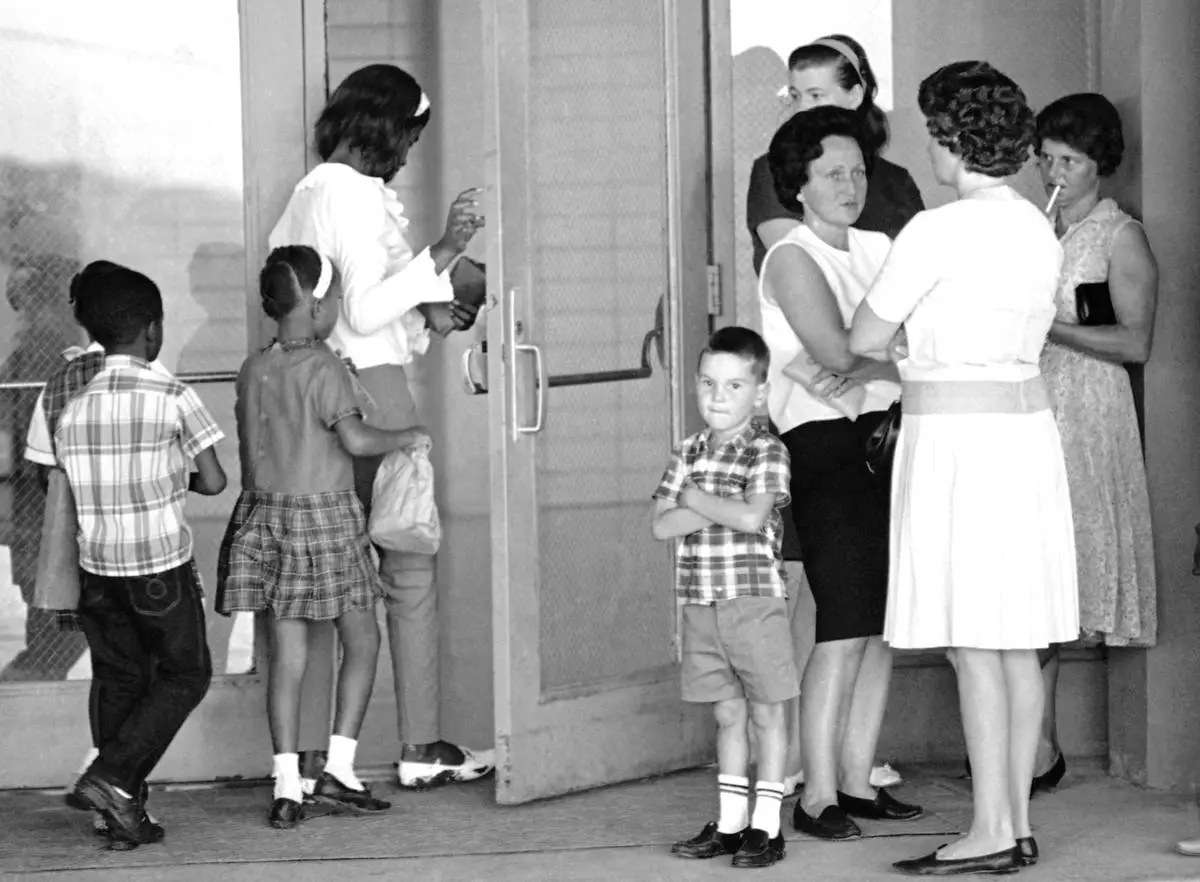Starting with brushing his teeth before 4 a.m., influencer Ashton Hall says he also swims, meditates, journals, rubs his face with banana peel, lifts weights, submerges his face in ice water and accomplishes much more every day before breakfast around 9:30.
A video of his morning routine has racked up millions of views on social media, while sparking reactions that range from disbelief to awe. It also jumpstarted the conversation online about how best to start the day, even if a six-hour regimen is ambitious to say the least.
Don’t worry, said Kamalyn Kaur, a psychotherapist in Cheshire, England. You don’t need to start your day with dozens of activities to improve it. But she said it is a good idea to reevaluate how you get going because setting up a relaxed, structured morning will pay dividends for your energy and mood.
“It just sets the tone for the rest of your day,” said Kaur, an anxiety expert who advises new clients to start by reevaluating how they spend the morning. “If you set yourself up and you start your day properly, you start off feeling good, you feel organized.”
As a professor of workplace psychology at The University of Oklahoma, Shawn McClean has spent years studying how work life is influenced by the rest of your life.
He said accomplishing tasks in the same order every morning is helpful because people have limited mental bandwidth before they have to recharge. The brain subconsciously reserves resources for tasks that require higher-level thinking, so routines are a type of mental shortcut.
“We’re cognitive misers,” McClean said. “We don’t like to use our mental energy on things that aren’t important.”
His research has found that employees perform better and are more calm throughout the day when they complete their morning regimen uninterrupted. Conversely, employees with disruptive mornings report higher levels of mental depletion late in the day.
“When it comes to routine disruptions, it throws off your whole day,” he said on a day when he was playing catch-up after having forgotten about his daughter’s show-and-tell. “You get to work and you realize you didn’t brush your teeth.”
Most people already have some kind of routine in place, but few consciously decided on it before it became automatic, McLean said.
It’s hard to define what a good routine is, and there is no formula that is best for everyone.
“It’s going to be idiosyncratic to each person,” McLean said. “It’s what helps them function. Now, can we have destructive routines? Yes.”
Rushing around in the morning to shower, eat and get out the door just on time is an example of a destructive morning routine, Kaur said. The stress of a rushed morning produces extra cortisol, which is a necessary hormone that helps regulate the circadian rhythm, she said. It’s what naturally wakes you up and makes you alert in the morning.
Too much cortisol in the bloodstream, however, creates a feeling of restlessness and anxiety that can be similar to drinking coffee on an empty stomach, Kaur said.
People who often have hectic mornings should consider setting their alarm 30 minutes earlier — and resist the urge to hit the snooze button, Kaur said. For many people, snoozed sleep is disrupted sleep that might leave you more groggy.
Kaur recommends adding at least two or three quick activities to your morning that have been shown to improve mood — starting with making your bed. Research shows that clutter foments anxiety, and completing a task first thing in the morning promotes the secretion of the feel-good hormone dopamine, she said.
Next, have a glass of water. If you’ve gotten a full night's sleep, you’ll likely be slightly dehydrated after not consuming liquids for eight hours. And try delaying caffeine until after eating to avoid being jittery.
At some point within the first hour of waking up, expose yourself to natural light, preferably by taking a quick walk, Kaur said. Even if it’s cloudy, daylight is another trigger for the circadian rhythm that promotes alertness first thing in the morning.
“These habits are important,” she said. “It gives you the optimum chance and the optimum conditions to function better throughout the rest of your day.”
EDITOR’S NOTE: Albert Stumm writes about wellness, food and travel. Find his work at https://www.albertstumm.com

A man takes an early morning walk along Long Island Sound in Westchester County, N.Y. on Tuesday, April 15, 2025. (AP Photo/Julia Rubin)
WASHINGTON (AP) — When the Justice Department lifted a school desegregation order in Louisiana this week, officials called its continued existence a “historical wrong” and suggested that others dating to the Civil Rights Movement should be reconsidered.
The end of the 1966 legal agreement with Plaquemines Parish schools announced Tuesday shows the Trump administration is “getting America refocused on our bright future,” Assistant Attorney General Harmeet Dhillon said.
Inside the Justice Department, officials appointed by President Donald Trump have expressed desire to withdraw from other desegregation orders they see as an unnecessary burden on schools, according to a person familiar with the issue who was granted anonymity because they were not authorized to speak publicly.
Dozens of school districts across the South remain under court-enforced agreements dictating steps to work toward integration, decades after the Supreme Court struck down racial segregation in education. Some see the court orders' endurance as a sign the government never eradicated segregation, while officials in Louisiana and at some schools see the orders as bygone relics that should be wiped away.
The Justice Department opened a wave of cases in the 1960s, after Congress unleashed the department to go after schools that resisted desegregation. Known as consent decrees, the orders can be lifted when districts prove they have eliminated segregation and its legacy.
The Trump administration called the Plaquemines case an example of administrative neglect. The district in the Mississippi River Delta Basin in southeast Louisiana was found to have integrated in 1975, but the case was to stay under the court’s watch for another year. The judge died the same year, and the court record “appears to be lost to time,” according to a court filing.
“Given that this case has been stayed for a half-century with zero action by the court, the parties or any third-party, the parties are satisfied that the United States’ claims have been fully resolved,” according to a joint filing from the Justice Department and the office of Louisiana Attorney General Liz Murrill.
Plaquemines Superintendent Shelley Ritz said Justice Department officials still visited every year as recently as 2023 and requested data on topics including hiring and discipline. She said the paperwork was a burden for her district of fewer than 4,000 students.
“It was hours of compiling the data,” she said.
Louisiana “got its act together decades ago,” said Leo Terrell, senior counsel to the Civil Rights Division at the Justice Department, in a statement. He said the dismissal corrects a historical wrong, adding it’s “past time to acknowledge how far we have come.”
Murrill asked the Justice Department to close other school orders in her state. In a statement, she vowed to work with Louisiana schools to help them “put the past in the past.”
Civil rights activists say that's the wrong move. Many orders have been only loosely enforced in recent decades, but that doesn't mean problems are solved, said Johnathan Smith, who worked in the Justice Department's Civil Rights Division during President Joe Biden's administration.
“It probably means the opposite — that the school district remains segregated. And in fact, most of these districts are now more segregated today than they were in 1954," said Smith, who is now chief of staff and general counsel for the National Center for Youth Law.
More than 130 school systems are under Justice Department desegregation orders, according to records in a court filing this year. The vast majority are in Alabama, Georgia and Mississippi, with smaller numbers in states like Florida, Louisiana and South Carolina. Some other districts remain under separate desegregation agreements with the Education Department.
The orders can include a range of remedies, from busing requirements to district policies allowing students in predominately Black schools to transfer to predominately white ones. The agreements are between the school district and the U.S. government, but other parties can ask the court to intervene when signs of segregation resurface.
In 2020, the NAACP Legal Defense and Education Fund invoked a consent decree in Alabama’s Leeds school district when it stopped offering school meals during the COVID-19 pandemic. The civil rights group said it disproportionately hurt Black students, in violation of the desegregation order. The district agreed to resume meals.
Last year, a Louisiana school board closed a predominately Black elementary school near a petrochemical facility after the NAACP Legal Defense and Education Fund said it disproportionately exposed Black students to health risks. The board made the decision after the group filed a motion invoking a decades-old desegregation order at St. John the Baptist Parish.
The dismissal has raised alarms among some who fear it could undo decades of progress. Research on districts released from orders has found that many saw greater increases in racial segregation compared with those under court orders.
“In very many cases, schools quite rapidly resegregate, and there are new civil rights concerns for students,” said Halley Potter, a senior fellow at The Century Foundation who studies educational inequity.
Ending the orders would send a signal that desegregation is no longer a priority, said Robert Westley, a professor of antidiscrimination law at Tulane University Law School in New Orleans.
“It’s really just signaling that the backsliding that has started some time ago is complete," Westley said. “The United States government doesn’t really care anymore of dealing with problems of racial discrimination in the schools. It’s over.”
Any attempt to drop further cases would face heavy opposition in court, said Raymond Pierce, president and CEO of the Southern Education Foundation.
“It represents a disregard for education opportunities for a large section of America. It represents a disregard for America’s need to have an educated workforce," he said. “And it represents a disregard for the rule of law.”
Associated Press writer Sharon Lurye contributed from New Orleans.
This story has been corrected to reflect the group that invoked desegregation orders in other Louisiana districts is the NAACP Legal Defense and Education Fund, not the NAACP.
The Associated Press’ education coverage receives financial support from multiple private foundations. AP is solely responsible for all content. Find AP’s standards for working with philanthropies, a list of supporters and funded coverage areas at AP.org.

FILE - Louisiana Attorney General Liz Murrill speaks to reporters, Jan. 1, 2025, in New Orleans. (AP Photo/Matthew Hinton, file)

FILE - Children smile from window of a school bus in Springfield, Mass., as court-ordered busing brought Black children and white children together in elementary grades without incident, Sept. 16, 1974. (AP Photo/Peter Bregg, File)

FILE - White and Black children mix freely on the playground outside a school in a racially mixed neighborhood, Oct. 18, 1957, in Detroit. (AP Photo/Alvan Quinn, File)

FILE - Students from Charlotte High School in Charlotte, N.C., ride a bus together, May 15, 1972. (AP Photo/Harold L. Valentine, File)

FILE - A white mother walks with her son past a group of African American students arriving for classes at formerly all-white Boothville Venice High School on Monday, Sept. 12, 1966 as racial barriers fell in Plaquemines Parish. (AP Photo/Jack Thornell, file)

FILE - A man plants a sign reading outside Woodlawn High School in Pointe a la Hache, Louisiana on Sept. 1, 1966 where five African Americans applied for registration for the first time in parish history. (AP Photo/Jack Thornell, file)

FILE - A group of African American students, left, enter the Boothville-Venice School in Plaquemines Parish, Louisiana on Sept. 12, 1966 as a group of white mothers wait at the entrance of the school. (AP Photo/Jack Thornell, file)



























































